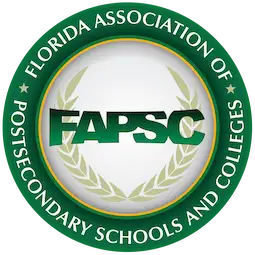How to Become a Flight Medic
![]()
A Flight Medic is an emergency medical technician-paramedic (or EMT-P) who responds to emergencies in remote areas or critical situations as part of a medical team that is transported by air.
Also known as flight medics, these responders have many of the same responsibilities as ground transportation EMTs, yet require a higher level of training and more specific skills to correlate with specific demands of flight travel and response.
What do Flight Medics do?
Flight Medics usually operate out of the same kinds of home-bases as traditional EMTs, including hospitals, emergency rooms’ mobile response units, or branches of government, small and large. In the same way that traditional ground-based EMTs do, helicopter medics can offer healthcare and emergency assistance to patients on the scene and while the patient is being transported via airlift to the medical facility. Generally speaking, Flight Medics are part of the flight team of medical professionals, which typically includes a doctor, registered nurse, a respiratory therapist, and/or additional supportive medics.
Flight Medics respond by flight when the emergency scene cannot be reached or reached quickly enough by ground transportation, or the patient requires faster evacuation to a medical facility than an ambulance can provide. They often respond to calls involving cranial and spinal injuries, cardiac arrests, airway restrictions, obstetrics, and major skin burns.
How Do You Become a Flight Medic?
Candidates need training, experience on the ground, and specific certifications to become a Flight Medic. Before advancing to the level of air medic, they must complete the same training and earn the same certifications as traditional ground paramedics, starting with the NREMT. With several years, two to five recommended, of learning the trade on the job, continuing education, and gaining practical experience, plus obtaining a critical care specialist certification, EMT-Ps can begin to sit for advanced exams to become a Flight Medic.
EMTs wishing to become certified for flight rescue will need the following licenses or certifications:
● NREMT Certification for paramedic
● TNACT, ATLS-Audit and CCEMTP (required by most)
● BLS or Basic Life Support
● ACLS or Advanced Cardiac Life Support
● PALS/PEPP which is Pediatric Advanced Life Support
● PHTLS/ITLS or Pre-Hospital Trauma Life Support














